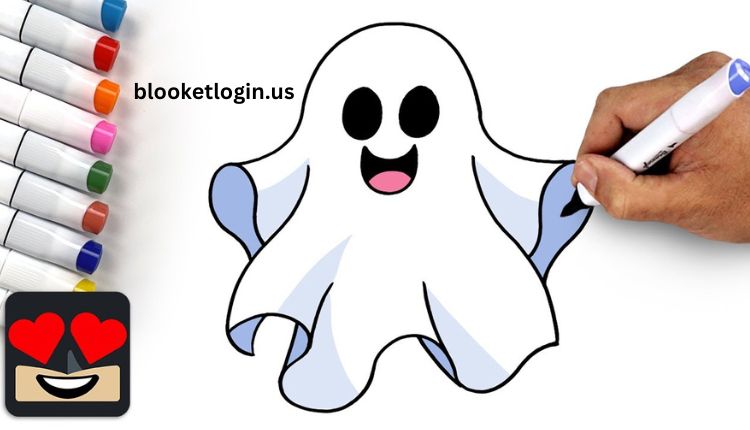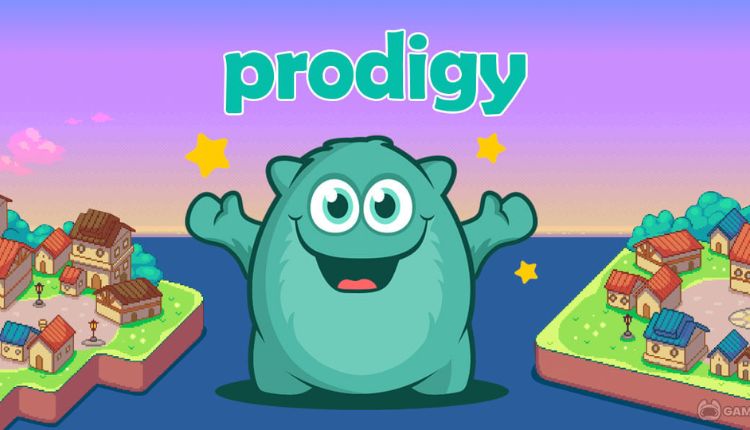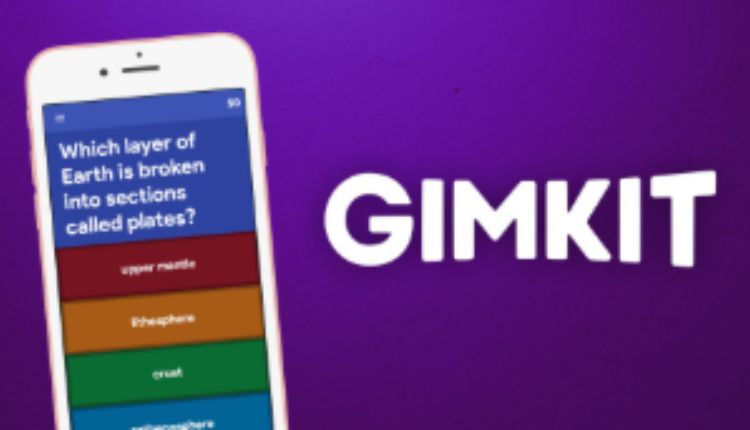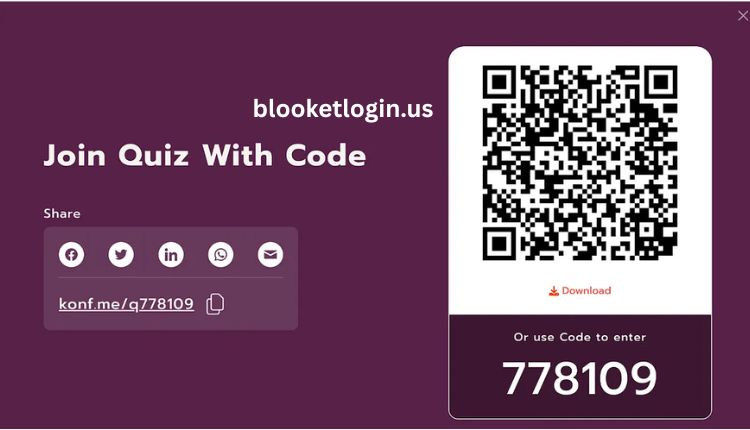Based both in supernatural lore and the territory of creativity, ghost drawing has evolved through time and across cultures to incorporate different understandings of “ghosts.” As a means to mourn the dead, recount spooky stories, or just create an eerily pleasing piece of art, ghost drawing has carved out a special place in the universe of visual artmaking.
The History Of Ghost Drawing
Ghost drawing is not a new concept. Images of spirits or spectral creatures appear in the art of many ancient civilizations. Ghostly figures were painted into manuscripts and cathedral murals in medieval Europe, often as symbols of divine retribution or warnings from beyond. In contrast, in East Asia, particularly in Chinese and Japanese folklore, timely ghosts called “yūrei” or “gui” were illustrated frequently in ink paintings, wearing traditional burial clothing and commonly depicted with long hair cascading down.
In fact, spiritualism spawned an entire genre of ghostly art during the Victorian era. Mediums purported to channel spirits who would guide their hands to create drawings — usually abstract, symbolic representations of the dead. This smudged the distinction between paranormal belief and artistic exploration.
In Modern Culture: Ghost Drawing
The meaning of ghost drawing has evolved in today’s world. In 2023, it is not simply a matter of representing spirits but also about how the aesthetics of the supernatural are examined. Artists, illustrators, and even comic creators turn to ghost motifs to breathe life into stories. While cartoons like Casper the Friendly Ghost brought a more playful, childlike side to ghost drawing, others like The Ring or “The Grudge leaned more towards the creepy, viscous visuals.
Ghost drawing has entered the social media stage with the rise of platforms like Instagram, Pinterest, and TikTok. Now, artists post ghostly sketches, ink drippings and digital drawings to large audiences who are equally fascinated by the spooky and the sentimental sides of these pieces.
Essays on Ghost Drawing Techniques and Styles
Ghost drawings come in many artistic flavors depending on the intention of the artist. Some popular styles include
Pencil and Charcoal Drawings: Great for sketching spooky details. The smudging and shading developed in charcoal add to the subject’s specter-like atmosphere.
Watercolor Ghosts: The translucent, feathery quality of watercolor paints lends themselves well to the ethereal, airy quality of spirits.
Digital Art: Professional digital artists can use modern tools to create abstract and stylized ghost characters, combining both horror and fantasy aesthetics.
Minimalist Ghosts: This new trend shows these simple shapes of ghosts with blank eyes and floating bodies getting blacked out. These stripped-down designs frequently make their way to comics, stickers, and other merchandise.
Each technique adds another dimension to the figure of the ghost, making the genre both diverse and creatively fertile.”
When you Ghost Drawing
But ghosts in art are not solely scary apparitions; they often communicate profound meaning. In lots of cultures, ghosts are indicative of unresolved issues, memories, past traumas or addictions. When an artist depicts a ghost, they’re potentially grappling with grief, nostalgia or even fear.
For instance, a wraith hovering above a gravestone may denote loss and a frisky wraith may represent childhood memories or innocence. Ghosts are also used by artists as a critique of society’s fears — the fear of the unknown, death, the supernatural.
Ghost drawings can even be therapeutic in some instances. Grieving relatives may take comfort by drawing their lost loved ones as friendly spirits, believing, even for the briefest moment, that their presence remains in some form.
Features of Pop Culture and Media Include Ghost Drawing
Sentence: Ghost drawing has been a part of pop culture. From comic books and cartoons to graphic novels and film posters, the ghost motif is everywhere. Iconic franchises such as Ghostbusters, Beetlejuice, and The Haunted Mansion all have inspired the silhouettes of thousands of fan-created ghost drawings.
Franchise characters like Boo in Mario or the ghosts in Pac-Man are video game icons. They’re simple but effective designs — often round, buoyant and expressive without too much fright factor.
On the other hand, manga and anime dive deep into the realm of ghost drawing by the likes of Bleach, Noragami, and Mob Psycho 100, which involve supernatural weaves as core narratives. These tableaux run the gamut from comical to horrific and illustrate the flexibility of ghost drawing as a narrative device.
Ghost Drawing Pedagogical & Therapeutic Applications
Ghost drawing is also a commonly used technique in schools during the Halloween season. As part of their arts and crafts routine, teachers encourage students to draw ghosts, introducing a sense of creativity while lesson-planning about folklore and cultural traditions.
Making things — especially drawing — in therapy allows people, and particularly kids in art therapy, to draw ghosts to expel fears or grief. For children dealing with loss, the use of ghost imagery in their artwork can pave the way for emotion when words fail. Through drawing these emotions can be symbolically processed and in a safe manner.
Ghost Drawing in contemporary
Contemporary artists continue to investigate ghost images in innovative ways. While some produce life-sized ghost statues, others incorporate ghost illustrations within street and graffiti art. These works often manifest unexpectedly — as a ghost rendered on a crumbling wall or drifting throughout an abandoned building.
Street artists such as Banksy, for example, have employed ghostly figures in their art to address political and social issues wherein it is implied that certain voices or entire communities have turned into “ghosts” in society.
Thousands of unique ghost drawings fill digital platforms like DeviantArt and ArtStation and range from gothic to kawaii (cute) styles. These drawings frequently feature original ghost characters, eerie settings and complex storylines—surreal tales told in a single frame.
How to Start Ghost Drawing
If you want to try ghost drawing yourself, it’s easier than you might think. Start with a simple ghost shape — a rounded top and wavy bottom. Put hollow eyes on top of that, and a mouth, maybe. From there, play around with other expressions, poses, or accessories like hats, chains, or glowing orbs.
You can also set ghosts in other places — a graveyard, an old mansion, or a foggy forest. Play with shading and contrast to boost the spooky atmosphere. Ghost drawing is about imagination, whether you are using a plain old pencil and pen or a tablet.
What’s Next?
Ghost drawing appeals to something more universal, human — our obsessions with the beyond. Whether viewed as frivolous, frightening, or philosophical, ghost drawings engage questions about our relationship to the unknown, our recollections, and our feelings. And as long as those two avenues of interest exist, and as long as the macabre runs like a blue thread through the tapestry of people’s lives — and in their post-life — people will be haunted by ghost drawing.





